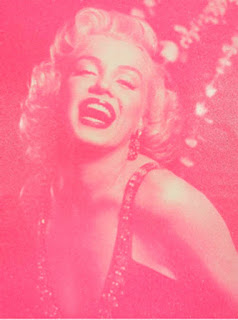The Trygve Lie Gallery, located on the lower level of the Norwegian Seaman Church in Midtown East, is currently presenting a collection of photographs by Sigrid Thorbjørnsen for the show Winter Mood.
For her third solo show in New York, Thorbjørnsen presents black and white photographs depicting scenes of Norway in the wintertime. She prints her photographs on handmade Washi paper, some of which Thorbjørnsen created herself. The word “Washi” mean Japanese paper and is made from Gampi, Mitsumata, or Kozo wood as well as bamboo, hemp, rice, and wheat. Making Washi paper has been practiced in Japan for centuries.The Washi paper in this show comes from the Kozo tree, which is often cut in January when the bark is at its best quality.
 |
| Winterflowers by Sigrid Thorbjørnsen |
As the title of the show suggests, Thorbjørnsen effectively captures the isolation and solitude that’s often associated with the winter season. For instance, the image Way of Life depicts a log cabin sitting in a secluded area by a frozen lake on a ground covered in snow with several pieces of wood behind it, appearing to be holding it up. A similar image known as Winterflowers was taken on a snowy day with flakes rapidly blowing in the wind as a house can be seen alone in the distance with the rooftop covered in snow.
Another photograph taken with fast moving snowflakes is one known as Forbindelsen (meaning “connection”) where telephone poles and power lines are partially obscured as they’re seen from afar. This powerful image represents resilience as the wires remain unbroken and therefore connections are unbroken. One of the most notable pieces in the show is the image Counting my Blessings, a close-up of a baby angel resting its chin on its arms and looking up to the Heavens evoking feelings of love and warmth during the holiday season.
Thorbjørnsen was born in Japan but was raised in Norway and this exhibition eloquently captures her roots in both places.
At the Trygve Lie Gallery, 317 East 52nd St., through Dec. 12. The gallery is open Tues.—Sat. from 12 p.m.—5 p.m.
















